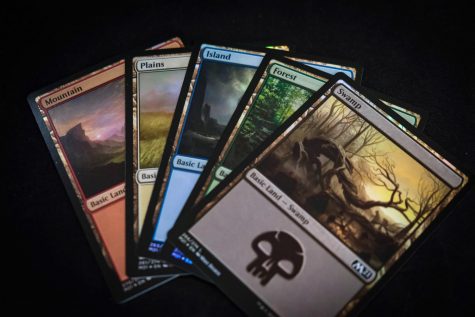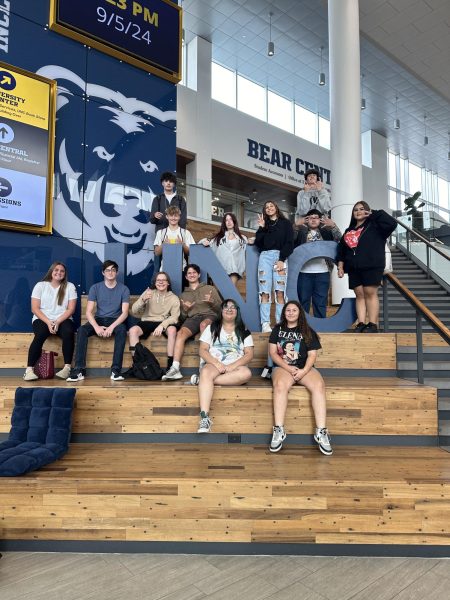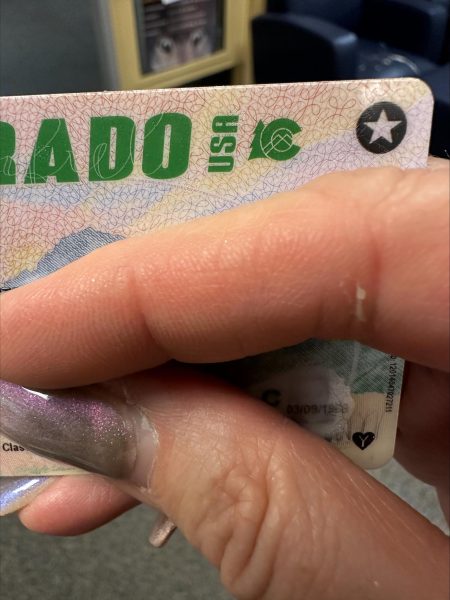The Rapidly Rising Cost of Magic the Gathering
 Magic the Gathering is one of the most popular trading card games across the world. It has a lengthy and complex lore, full of unique characters and fantasy monsters. It is set in a multiverse, where powerful creatures known as planeswalkers travel between dimensions and cast spells. Initially released in 1993, this game has a long and storied history. Since it’s release, it has been bought and sold several times. First it was purchased by Wizards of the Coast, which was then bought out by toy conglomerate Hasbro. Seeing as the intellectual property has changed hands a few times, the rules of the game have changed considerably.
Magic the Gathering is one of the most popular trading card games across the world. It has a lengthy and complex lore, full of unique characters and fantasy monsters. It is set in a multiverse, where powerful creatures known as planeswalkers travel between dimensions and cast spells. Initially released in 1993, this game has a long and storied history. Since it’s release, it has been bought and sold several times. First it was purchased by Wizards of the Coast, which was then bought out by toy conglomerate Hasbro. Seeing as the intellectual property has changed hands a few times, the rules of the game have changed considerably.
For the unfamiliar, Magic is a game where each player starts the game with seven cards. There are two main types of cards, lands and spells. A land can be “tapped” each turn to create the mana that corresponds with what color it is. That mana can be spent on spells, which have several subtypes. The goal of the game is to use your spells to attack your opponents and get their life total down to zero. Once a creature receives damage equivalent to or greater than it’s toughness, it is put in the graveyard. One of the things that sets Commander apart is that you cannot have duplicates of any cards in your deck. This prevents people from spamming cards that are weak by itself, but all together are impossible to beat.
Fans of the game refer to the different rules sets as formats. One of the most popular ones is known as Commander. In this format, each player gets to choose one legendary creature, known as the Commander. When a Commander is killed, it is not put in the graveyard. It returns to the Command Zone, where it’s owner can cast it for twice it’s initial mana cost. The format Commander was originally invented by fans, not the company that owned Magic the Gathering at the time. Initially, there was a very limited pool of characters players could choose a Commander from. The five Elder Dragons were the very first commanders available, as they were the first multi-colored creatures introduced to Magic. Once the company that owns Magic caught on, they started printing cards specifically designed for the format, each of which has the special card type “Legend.”
Early in the game’s history, decks were relatively cheap and easy to build. Pretty much every card was affordable to most players of the game. Then, the competitive scene took off. That massively increased the demand for certain cards that the community deemed to be the most powerful. Nowadays, many commander decks cost hundreds to thousands of dollars. A deck of 100 cards that “only” costs $50 is considered budget by many players.
Another factor that is driving up the price of certain cards is the internet. People used to only buy magic cards in packs where they don’t know what they are going to get. Before the internet made it easy to look through and order large quantities of cards from across the country, there were almost no aftermarket sales. Now, there are entire websites dedicated to people listing and selling individual magic cards. This allows demand to skyrocket for a particular card in a set. Commander is one of the most popular formats, and the community has strongly held opinions about which cards are more powerful than others.
This has all contributed to a market where people will pay thousands of dollars for a pretty piece of card stock. Just the card Time Vault will set you back one to three thousand dollars depending on the condition. The Mox Gems are a series of cards that produce mana, they each cost at least 1500 dollars. Time Twister will cost somewhere around three grand. The most expensive card of all time is Black Lotus, which has sold for up to 250,000 dollars.
What does the future hold for Commander? Will the prices keep going up, and the format less acessible? Could Hasbro decide to reprint a whole bunch of cards to reduce their re-sale price? That seems unlikely, as they indirectly profit from all of the hype around rare cards. It seems that players will have to keep finding cheaper alternatives to the cards that everyone is after.

Jaden is a Senior at Rocky who competes for the Debate and Tennis teams. He is still upset that Taco Bell stopped selling Quesaritos, and enjoys camping....









